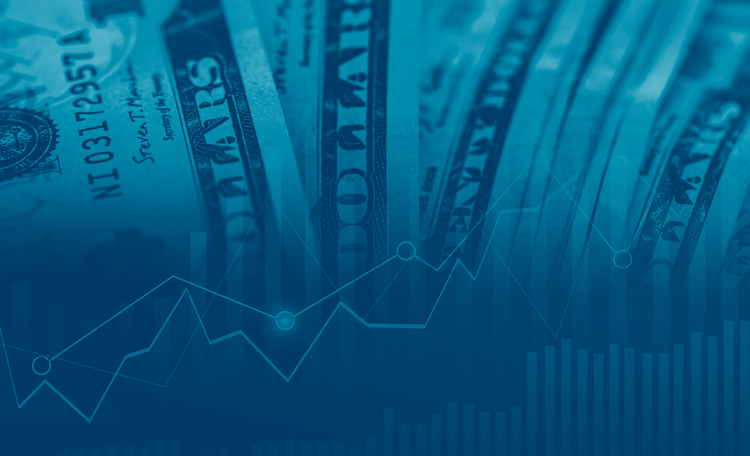The economic outlook is becoming increasingly uncertain. Numerous headwinds have emerged, including higher interest rates, inflation and rising persistent labor shortages. That said, real estate is a long-term investment and will continue to provide healthy cumulative returns. Additionally, market volatility creates opportunity, so now is precisely the time for our clients to diversify and maximize returns.
To help you think through the implications of the shifting macro environment, part two External Link of our series models how U.S. property values will perform under four unique economic scenarios.
Five Key Questions
Will the U.S. enter a recession?
The risk of recession is rising in the current environment of high inflation and rising interest rates. In our baseline scenario, Cushman & Wakefield assumes a mild recession beginning in Q4 2022 or Q1 2023. We view this as the most likely outcome for the U.S. economy. However, we also consider a range of alternative upside and downside scenarios given the heightened uncertainty about the economic outlook.
Why do we think a severe recession is unlikely?
The fundamentals of the U.S. economy are sound, which will help limit the magnitude and scope of a potential downturn. One of the most notable fundamentals is the strength of the consumer, which underpins 70% of GDP. U.S. households still have over $2 trillion in excess savings to manage through a period of higher inflation and weaker income growth. Low debt levels, strong labor gains and wealth effects from higher home equity are also likely to insulate the consumer outlook. Moreover, healthy corporate and bank balance sheets will help mitigate job losses and keep the debt and credit markets functioning through the downturn.
Will property values decline in the near-term?
In general, yes. An environment in which economic growth is slowing and bond yields are rising will likely put downward pressure on overall CRE property values. In our report’s baseline scenario—that is, a mild recession—we estimate property values will decline by approximately 20% over the next two years, ranging from 4% to 23% depending on the product type. But beneath the aggregated forecasts, there is nuance. Without question, certain segments of the market will thrive over the next few years, easily outperforming our national forecasts.
Where are some of the bright spots?
First, we can’t emphasize enough that all real estate is intensely local. Not every product type or geography will follow the national glide path. Even within each asset class, a large portion will likely outperform our forecasts, and some will likely underperform. Within that volatility lies the opportunity. That said, we do offer investment themes External Link in our report.
What about real estate as an investment longer term? Any concerns?
There are many factors to consider in making an investment, and some product types face greater challenges than others, but the question itself raises an important point: Property is a long-term investment. Most investors don’t buy a building and sell it the next year. They hold onto it, and over time their investment generates annual cash flow (income growth) and appreciation (capital growth). Our study shows that since 2012, cumulative unlevered core property returns have grown more than 150%. This rate of return compares favorably to alternative investment vehicles such stocks, corporate bonds and Treasuries. In other words, if an investor bought a building five, seven or even 10 years ago and were to sell this year or next year, even if the United States goes into a recession, on average, the cumulative returns would still be very strong. The long-term demand drivers and reasons for investing in commercial real estate do not change because of near-term ups and downs in the cycle.









